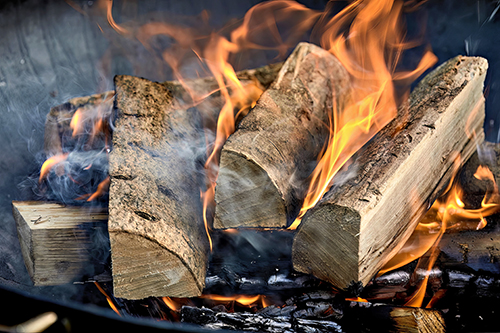There are many ways we can wait.
We wait at the train or bus station with anxiety and nervousness, hoping the public transport will be on time this morning when I need it most.
We wait at red lights at the traffic intersection with irritation when there are no other vehicles coming or going in any direction.
We wait in the departure lounge at the airport, assuming the doors to the walkway will be opened soon – and then those seated in Rows 16 to 23 are called to board, and you take a quick look at your boarding pass knowing you are in Row 8!
We wait with expectation and a little concern for the exam results from our final exams, with the outcome of these exams propelling me forward or holding me back.
There are many other kinds of waiting, for example, the farmer who has planted seeds in his paddock – the first sign of a green carpet appearing, bringing relief.

Then there is a special kind of waiting – I experienced this kind 22 years ago, and is still my favourite image for Advent.
My younger sister was pregnant with her child.
We lived in the same city, and I would visit her and her husband with some regularity.
On a particular occasion, the home was locked.
No problem, I knew where the key was “hidden”, and so let myself into the house.
In a short time, my sister returned. She explained that she had been for a pregnancy checkup and then asked an amazing question, “do you want to see the baby?”
She had a VHS (a video for those two young to know) of the growing fetus in her womb.
So, there we sat, my sister quite pregnant and me as we watched this fetus swimming around inside the womb!
It is one of my most special memories and is captured for me in the phrase, “ the one who is to come is already here! “
Maybe that is at the heart of Advent, “ the one who is to come is already here!”


